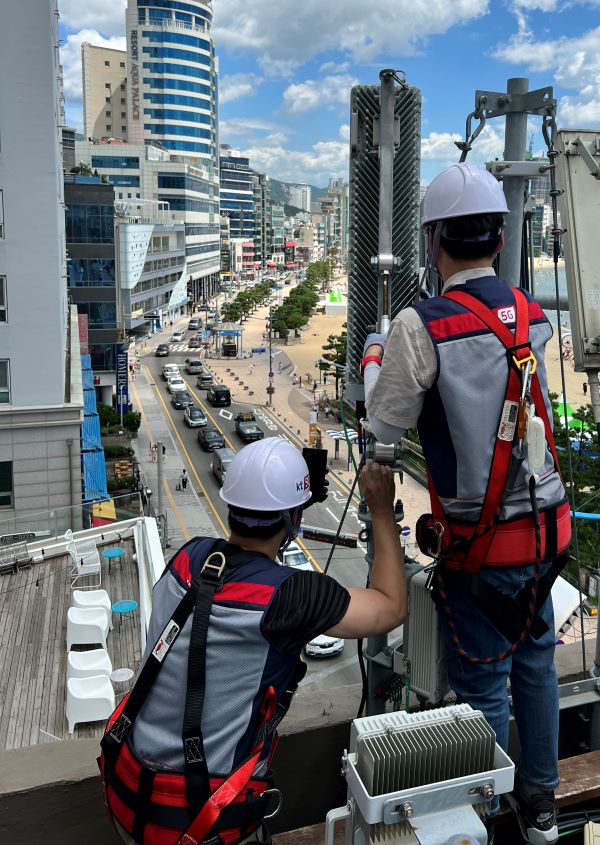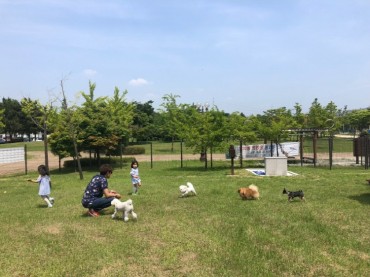SEOUL, April 29 (Korea Bizwire) —On the six-month anniversary of the harrowing stampede that took place in the Itaewon region on October 29th of last year, the government has launched a project for a sophisticated crowd management system.
This effort aims to prevent the occurrence of similar incidents by implementing preventative measures, such as a dot-based density display system that utilizes information from base stations.
The proposed crowd management system aims to keep a watchful eye on densely populated areas, in order to prevent situations that could lead to large-scale accidents.
The system analyzes the density of the crowd by identifying the number of individuals present and moving around in a given location, using data from mobile phone base station connections. If the system detects any potential danger, it promptly notifies the fire and police departments and issues a warning to people in the area.
The Ministry of the Interior and Safety has recently commissioned a contract for the on-site construction of the crowd management system and is set to commence development in the near future.
The ministry plans to finalize the system’s construction within the year and will pilot it in 50 potentially hazardous areas across the country starting in October, with over 70 locations nationwide, including Konkuk University Station in Seoul, Sinchon, Incheon’s Chinatown, and Busan’s Seomyeon.
The legal foundation for utilizing cell tower access information for crowd management systems has been established, as a bill to amend the Basic Act on Disaster and Safety Management (Disaster Safety Act) has been passed by the National Assembly.
This amendment allows the minister of the Interior or the head of a local government to request base station access information from telecommunications providers in cases of disasters or potential accidents that are caused by large gatherings in specific areas. Any telecommunications company that fails to provide base station access information without a valid reason will be subject to fines.

This photo shows telecommunications company KT deploying a cellular tower in Gwangalli, Busan, on June 6, when hundreds of thousands of people gathered to watch a fireworks show in honor of the 2030 Expo bid. (Image provided by KT)
Various bills were introduced after the Itaewon tragedy to prevent recurrence, but this is the first bill passed to prevent social disasters. The ministry emphasized that cell tower access information is crucial for crowd management and clarified that it is only used to determine how many people are concentrated in a particular area, not to identify who is accessing the base station.
Once the crowd management system is up and running, the ministry’s geographic information system (GIS) situation board will provide real-time information on crowd density and risk analysis at a glance.
Data from smartphone base station connections will be displayed as dots on the situation board, with each dot representing a person.
The system receives data from telecommunications companies every five minutes and displays the number of people in a grid unit (50 meters across) for each base station in a specific area. It also links spatial data such as road characteristics and surrounding infrastructure.
The system automatically detects when the crowd density level exceeds the danger threshold, using not only cell tower access data but also public transportation traffic, boarding, and alighting data.

In October of last year, the Global Village Festival took place in the neighborhood of Itaewon Station in Yongsan-gu, Seoul. (Image courtesy of Yonhap)
The local government then checks CCTV footage of the area and alerts the police and fire departments. At the same time, the local government sends a disaster text message to the affected area, requesting that individuals disperse and not access the area until the danger subsides.
The risk level of crowding is classified into four stages, including ‘interest’, ‘caution’, ‘alert’, and ‘severe’. The ministry plans to complete the first phase of the crowd management system this year and begin research and development of the second phase, which is based on artificial intelligence (AI) and utilizes intelligent CCTV and drone footage, next year.
M. H. Lee (mhlee@koreabizwire.com)







